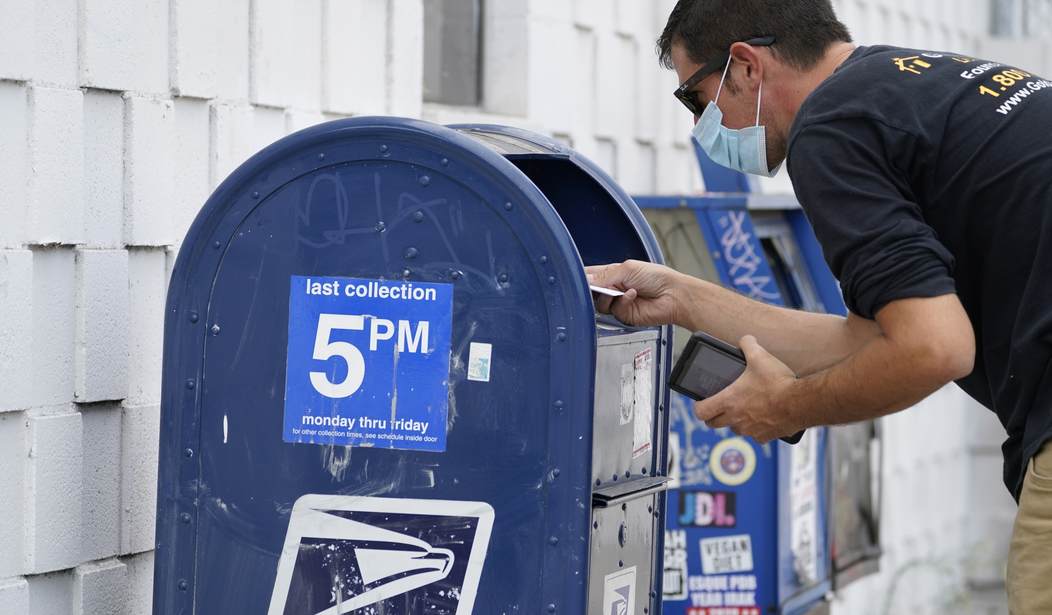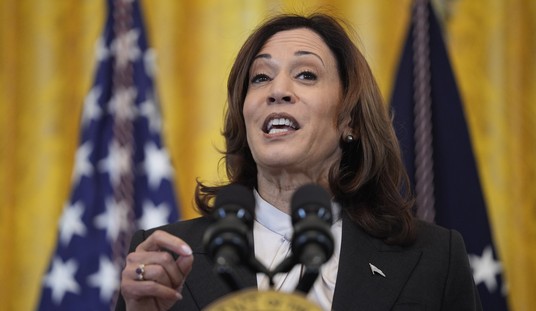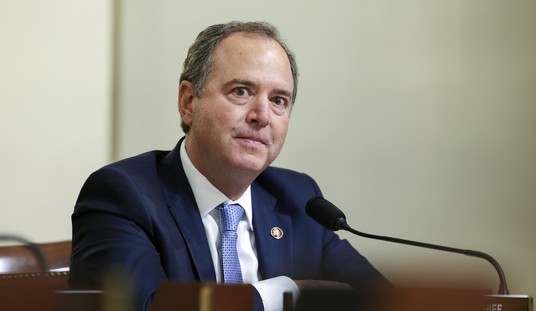In the nation’s Capitol, September has effectively been “Reconciliation Month” with a series of conversations in Congress about colossal tax and spend plans. Over this time it has been hard to recall even one day when there haven’t been concerns about draining American engines of commerce in order let the federal government fill the void and drive national debt to new heights.
At the top of the list for Democrats is to raise the corporate tax rate to a whopping 26.5%, while also tacking on new capital-gains tax increases, and more. While lawmakers are eager to level excises on whatever moves and thrives in the US economy, they are also ready subsidize what doesn’t.
For a specific instance, this means forcing a $7.5 billion purchase of electric vehicles onto government agencies. A large contingent of the trucks will be dedicated to the U.S. Postal Service despite the fact that the organization already chose a fleet of vehicles with a deal that it kick-started in February. USPS announced it would buy up to 165,000 trucks at potential cost of $6 billion.
But the Postal Service has much bigger problems that its leadership and Congress are ignoring. The agency already carries $188 billion in unfunded liabilities. Instead of dissecting all the various ways that the federal government can dump more taxpayer money into the Postal Service, a better question is asking honestly, how did the USPS get to this point and what can be done?
Unraveling this matter undoubtedly starts with a general review what kind of business and products the USPS is providing to the American people. Indeed much of the agency’s dealings involves traditional letter mail. USPS delivered 116 billion First-Class and marketing mail pieces in 2020 and its monopoly on this service ensures that volumes will continue indefinitely.
Despite the USPS’ safety net business of delivering letters, it has transformational change on its mind – and that’s why trucks are such a hot topic. As stated by postal leadership in February, the program “expands our capacity for handling more package volume.” Certainly as many consumers have witnessed, the rise of volumes in packages has been significant.
Recommended
Last year, with stay at home orders and many people opting to receive goods at home, conditions were ripe for a good USPS financial year. However, the agency lost $9.2 billion. This year appears to be more of the same with a loss of $3 billion for the most recent three month period. Packages invariably come at a tremendous cost due to all of the man-power, transportation inputs, and facility processing equipment that packages demand.
Postal Service leaders vaguely say that packages produce a “lower contribution margin,” but without really getting into the specifics of how or why. Perhaps the circumstances around packages may be even more troubling if the curtain of USPS accounting methods were to be pulled back.
Industry analysts have also witnessed the conundrum facing the USPS and are working to develop further understanding. A few elements for which there is broad agreement are the dangers of how eCommerce shippers may pull back on its package volumes sent via the USPS. So as a consequence of that, the Postal Service is stuck giving inordinately lucrative pricing deals to eCommerce giants.
Even with USPS offering massive deals, eCommerce may still opt to deliver their own goods through more densely packed (cheaper) routes. This doubly hinders the Postal Service as its costly package infrastructure (trucks and more) stands to become underutilized and postal carriers also get left with the more sparsely settled routes that are more costly to fulfill.
Again, it is hard to imagine how Congress is ignoring this business model problem.
While Congress may be winding down this reconciliation process, it is inevitable that doling out more taxpayer money will eventually resurface on the agenda. When it does, let’s hope that dumping more money into the Postal Service just so it can make eCommerce richer isn’t again at the top of the list.
The U.S. Postal Service has endured for centuries, making significant contributions to American life, and it deserves a better fate than to be gutted by its largest “customers”.
Before the USPS posts yet another net loss, let’s make sure that lawmakers have real discussions about what needs to change so that the agency can be sustainable and bring in more money than it spends.

























Join the conversation as a VIP Member